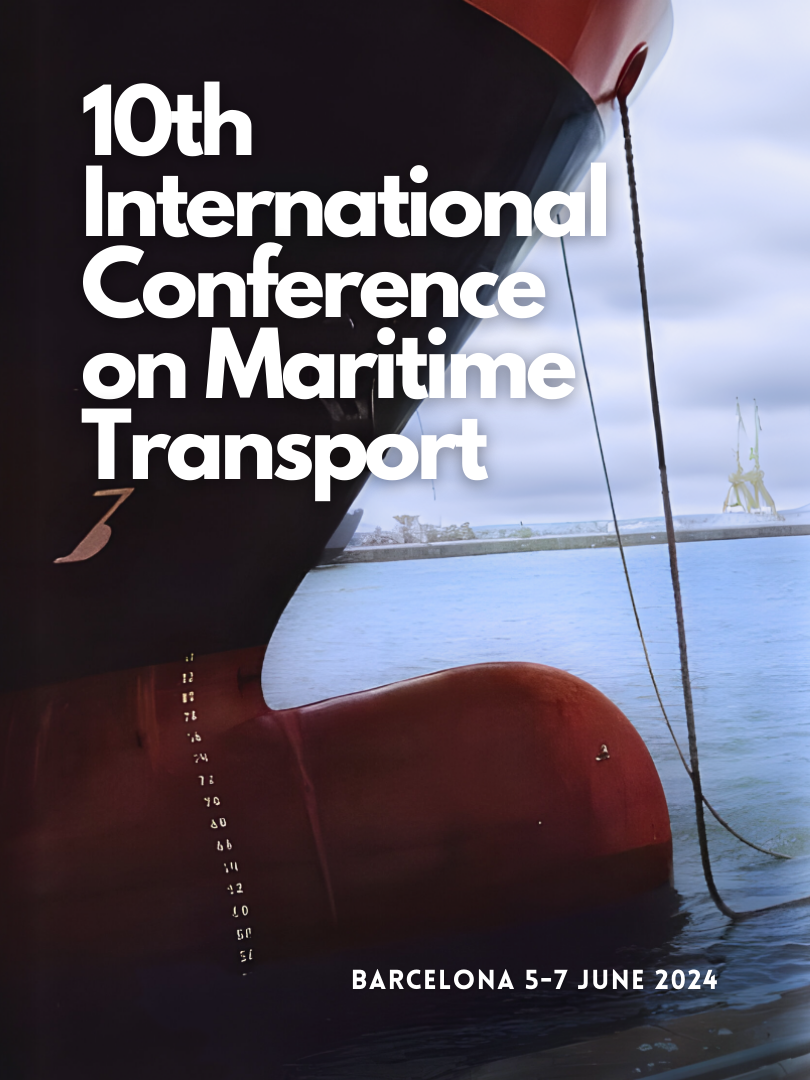URBAN WATERBORNE PUBLIC TRANSPORT IN THE WORLD: AN OWERVIEW OF PAST AND EXISTING STATE AND POSSIBILITIES OF DEVELOPMENT IN THE CITY OF BELGRADE
DOI:
https://doi.org/10.5821/mt.12829Keywords:
Shipping business, Urban waterborne public transport, Urban co/multimodality public transport, regulationAbstract
Large, medium and smaller cities on sea-river and inland waterways are increasingly looking for ways to expand their offers in urban, line passenger transport. In city of Belgrade, ever since 1941, the largest number of passengers were transported not by buses or trains, but by Sava river and Danube river boats. Crowded ships slowly but surely transported them to all destinations. The first steamboat entered the Sava on August 26, 1838. It was called "Sofia" and was intended to test the navigability of the river. Navigation on Sava began in 1844, but not to Belgrade. It was the Sisak-Zemun line. In the same year, a small steamboat that connected Bečkerek and Timişoara arrived in Belgrade via the river Tamiš.
In all cities, the lack of capacity in the road and railway network creates large costs. Congestion on urban land roads tends to continuously increase and grow. Belgrade is one such city with an interest in further developing its own potential in urban, public line transport.
In this paper, the key features of how urban, public water passenger transport networks are developed in the world with development opportunities in the Belgrade area are presented.












